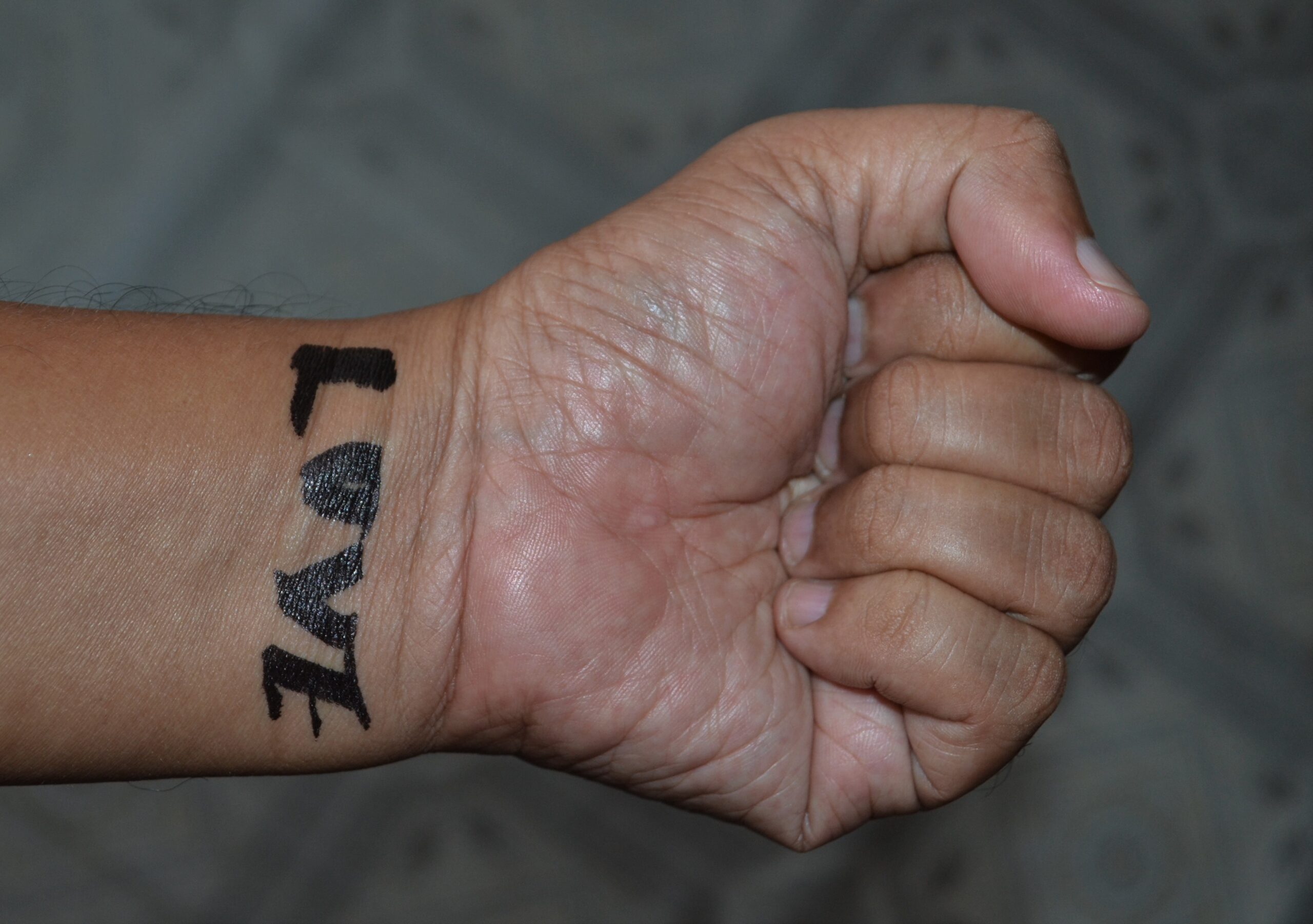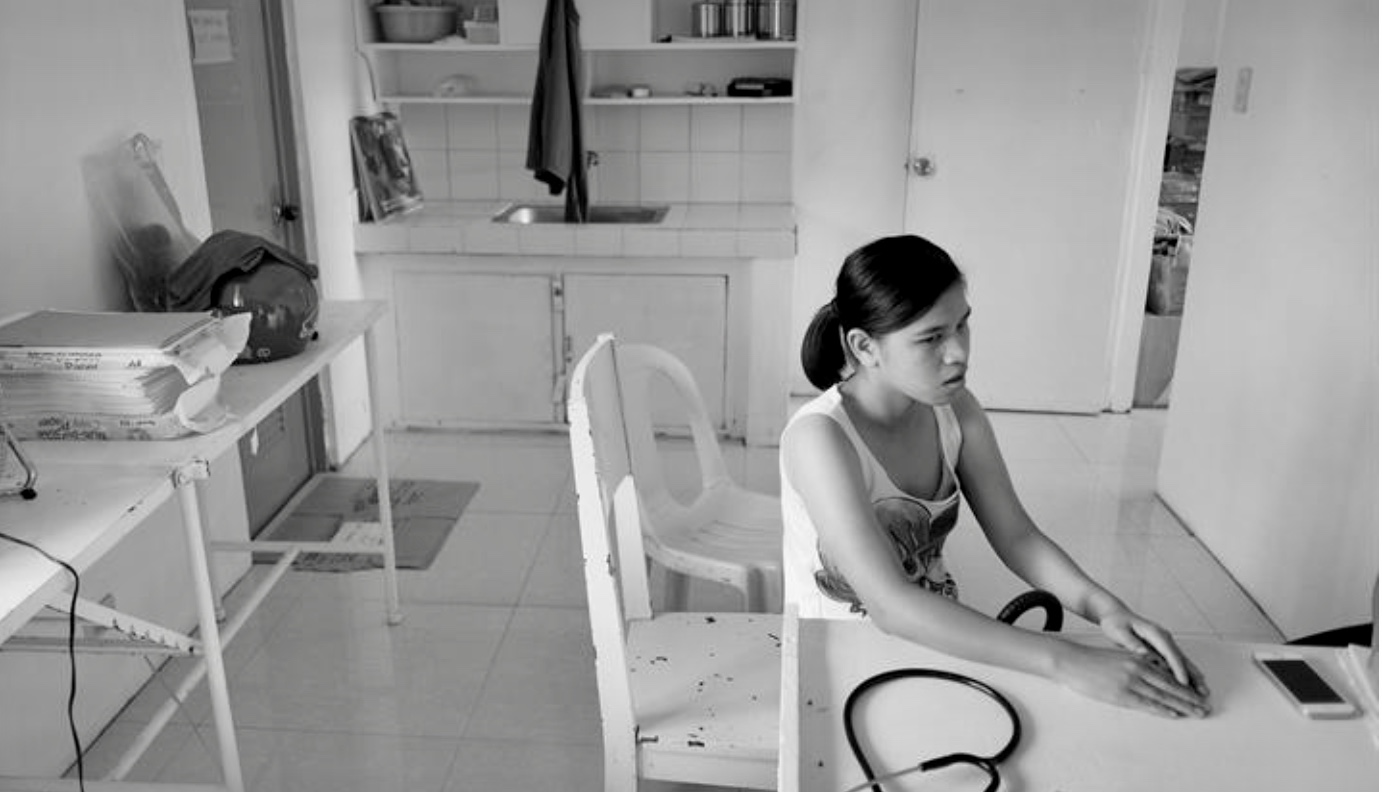Text and Photo by Henrylito D. Tacio
Additional Photos: WHO
When I heard that a young man – only 22 years old! – from Kidapawan City committed suicide by jumping off from the fifth floor of a noted mall in Davao City, I was not surprised at all.
Before him, there were several others who did the same in the same mall. Let’s take a closer look: “Nestor” on August 20, 2013, “Pete” on March 17, 2014, “Joy” on November 6, 2015, and “Mark” on February 11, 2017. On January 6, 2019, a 16-year-old boy also attempted to commit suicide but survived the ordeal.
The recent incident, by the way, happened three days after the country observed World Suicide Prevention Day. The awareness campaign is needed in order for this mental problem to be prevented, if not solved.
Statistics from the Geneva-based World Health Organization (WHO) showed more than 700,000 people die by suicide every year. “Despite progress, one person still dies every 40 seconds from suicide,” Dr. Tedros Adhanom Ghebreyesus, WHO director-general, deplored.
The figure doesn’t include those who attempt suicide. “Every suicide is a tragedy that affects families, communities, and entire countries and has long-lasting effects to the people left behind,” Dr. Tedros pointed out.
In suicide, age doesn’t matter as it occurs throughout the lifespan. But in 2019, it was found that suicide is the fourth leading cause of death among 15-29 years old globally.
In a study conducted by WHO in the Philippines, it was found that 16% of students between 13-15 years old have ever seriously considered attempting suicide, while 13% have actually attempted suicide one or more times during the past year.
Intentional self-harm is the ninth leading cause of death among the 20-24 years old, according to the Department of Health (DOH).
Those are disturbing facts, indeed. Even more alarming is the idea that 77% of global suicides, according to the United Nations health agency, happened in low- and middle-income countries.
Suicide, an act of a person taking his or her own life intentionally, is one of the effects of mental health illness. In the Philippines, around 2.2 deaths relating to suicide were recorded per 100,000 population in 2019, according to Statista Research Development.
But some experts believe the figures are just the tip of the iceberg. They believe the number of deaths due to suicide is “probably higher,” as many doctors don’t report deaths as suicides because of the stigma attached to it. All deaths in the country are certified by the physician who last attended the deceased.
The most common methods of suicide, based on a study, are shooting oneself (40%), hanging (30%), poisoning (16.7%), and jumping from high places (13.3%). In 73% of the reported cases, suicide was committed in their own homes.
While the link between suicide and mental disorders is well established in high-income countries, many suicides happen impulsively in moments of crisis with a breakdown in the ability to deal with life stresses, such as financial problems, relationship break-ups, or chronic pain and illness.
“Experiencing conflict, disaster, violence, abuse, or loss and sense of isolation are strongly associated with suicidal behavior,” the United Nations health agency said.
Suicide rates are also high amongst vulnerable groups who experience discrimination, such as refugees and migrants; indigenous peoples; lesbian, gay, bisexual, transgender, and intersex (LBGTI) persons; and prisoners.
Take note: The strongest risk factor for suicide is a previous suicide attempt.
“We cannot – and must not – ignore suicide,” urged Dr. Tedros.
In her paper, “Suicide in the Philippines: A Second Look at Rates and Ratios,” Dr. Dinah Pacquing-Nadera identified three major barriers to the development/implementation of a national suicide prevention plan.
These are 1) lack of factual date to cite the magnitude of the problem, hence, lack of evidence to support the need and fund for the program; 2) competing interests within the health system where budget is limited; and 3) strong Catholic faith which frowns upon suicide discouraging families from reporting.
Experts urge everyone to save those who want to commit suicide. “Suicides are preventable,” the WHO says. And to do so, you need to know the signs first and foremost.
These are the signs you can observe among those who may commit suicide: extreme mood swings, feelings of hopelessness, giving away possessions, losing interests in activities, talking about death or suicide, saying goodbye to family and friends, saying that they are a burden, and withdrawing from friends and family.
Medical experts urge media men and women – print, broadcast, and digital – to help in curtailing suicides in the country.
“We encourage media practitioners and content producers to focus on suicide prevention strategies and promote general mental healthy interventions instead of suicide events alone,” said Dr. Rajendra Yadav of the WHO regional office.
If you have some suicidal thoughts, share it to others. Talk to your loved ones or friends. It’s not something to be embarrassed about. Speak up. Or, you may contact experts from the Davao City chapter of the Philippine Mental Association; call this number 298-8579.



